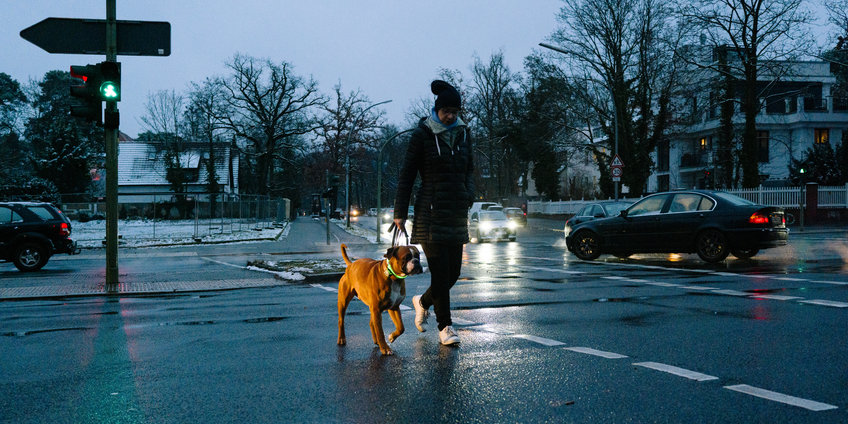
Crime Reduction Interventions in Public Space
(CRIPS)
The central predicament of the criminologist lies in the object of study: crime takes place outside our field of view. As a consequence, criminologists have historically prioritized studying the properties of individuals and the social factors that propel them into and out of crime (e.g., peers, gangs, neighborhoods, dispositions) over the study of their decision-making and the examination of the crime event.
CRIPS seeks to fill this gap by using VR to test the effectiveness of interventions to prevent crime and/or increase public safety. To this end, realistic and ecologically valid versions of urban areas will be created while maintaining researcher control. Additionally, in a departure from conventional field experiments, VR experiments provide access to the research population and hence can tap into individuals’ motivations, emotions, and cognitions. This approach can therefore provide unique insights into how interventions may work and for whom. Consequently, CRIPS can break new ground in advancing our understanding of criminal and anti-social behavior and how to reduce it. Interventions involve human presence (e.g., number and type of guardians present, “eyes on the street”) or entail physical changes to the environment (e.g., CCTV cameras, dynamic street lighting).










